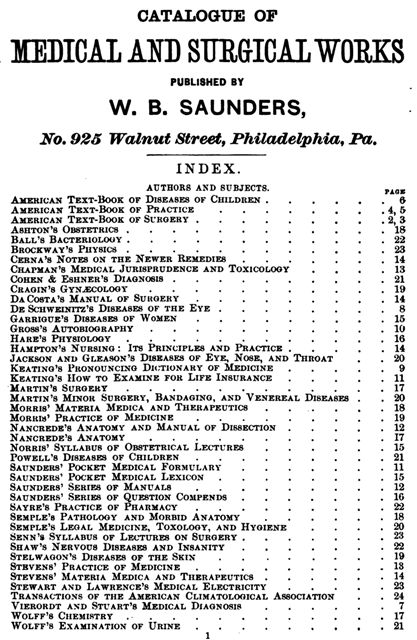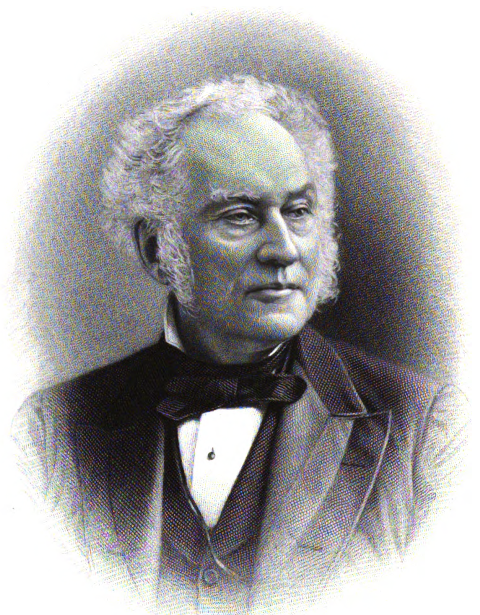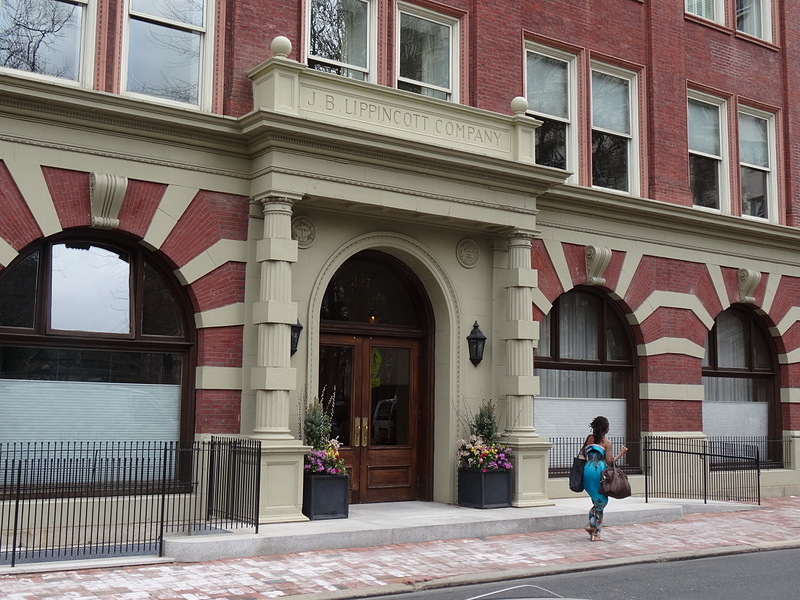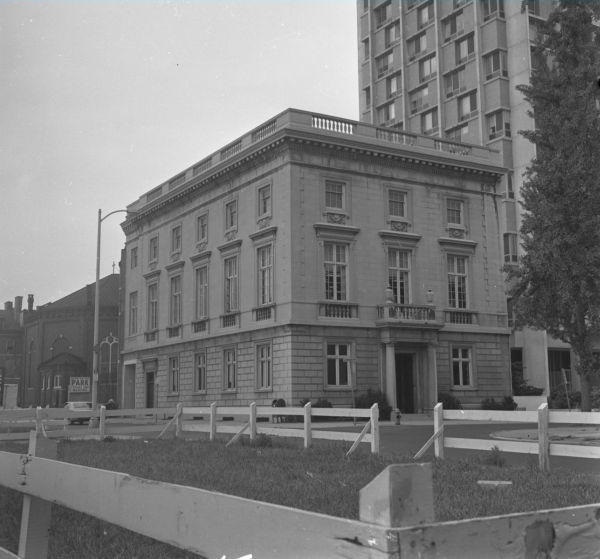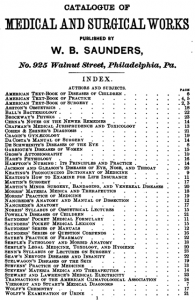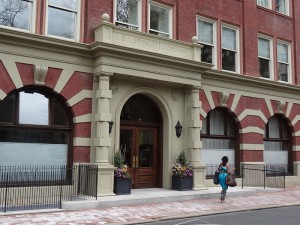Medical Publishing
Essay
The U.S. medical publishing industry got its start in Philadelphia in the early nineteenth century, and the Philadelphia region has maintained its preeminence in the industry ever since. The industry grew with the general book-selling industry, flourished as medicine acquired a solid scientific foundation starting around the end of the nineteenth century, went through a frantic period of explosive growth and consolidation starting in the 1960s, and continued in the twenty-first century.
This industry started as an offshoot of Philadelphia’s robust publishing and printing industries—founding father Benjamin Franklin himself was a printer—along with its academically solid medical schools (especially Jefferson Medical College and the medical school of the University of Pennsylvania) and a flourishing medical community. This combination of business and medical expertise was not quite unique; a similar mix existed in Boston, but Boston publishers gravitated toward law and letters rather than medicine.
Throughout its history, Philadelphia’s medical publishers focused on books for medical students and clinicians. Medical journals, however, did not get the same attention. Like Philadelphia’s medical community overall, the publishers’ response to the increasing pace of medical research was modest. As a result, Philadelphia was and is a secondary, albeit significant, player in publishing medical journals.
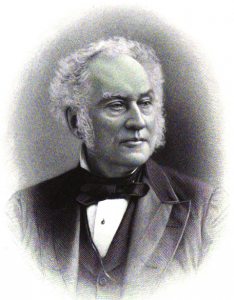
The earliest medical publisher in Philadelphia was the nation’s first book publisher of any kind—Carey & Lea, founded in 1785 by Matthew Carey (1760-1839). Through most of the nineteenth century this company was the leading medical publisher in the United States. Among its most important books was System of Surgery (1859), by Samuel D. Gross of Jefferson Medical College. As a family partnership, this firm changed its name frequently to reflect the partners who came and went. Finally, in 1908, the name of the firm changed to Lea & Febiger, the name it retained until it was sold to Waverly Press of Baltimore in January 1991.
J.B. Lippincott Co., a force in medical publishing for well over a century, got its start when Joshua Ballinger Lippincott (1813-1886) bought out Grigg, Elliot & Co., a book wholesaler and publisher, in 1849. Among the notable titles Lippincott acquired from the Grigg company was the United States Dispensatory, which was first published in 1833 and persisted through twenty-seven editions until it faded from view in the 1970s. In 1861 Lippincott moved into a palatial new building at 715-717 Market Street. After a catastrophic fire gutted the building, Lippincott built a new building on East Washington Square, where it remained through the 1990s before relocating to rented space. In the early twenty-first century, Lippincott’s best-known work is Cancer: Principles and Practice of Oncology (1982), initially edited by three luminaries from the National Cancer Institute, now in its ninth edition. Lippincott remained under family ownership until 1978, when it was sold to Harper & Row, the start of a merry-go-round of corporate ownership.
The firm of Blakiston & Lindsay, founded in 1843 as a general publisher, was the next company to venture into medicine. By 1851, the firm was selling several works in medicine, primarily imported titles from England. The company moved to 1012 Walnut Street in 1880 and apparently stayed there into the 1960s. Blakiston’s medical dictionary was one of the standards for generations. Eventually, Blakiston was sold to McGraw-Hill. The Blakiston imprint persisted into the 1970s, but it has since been absorbed by its parent company.
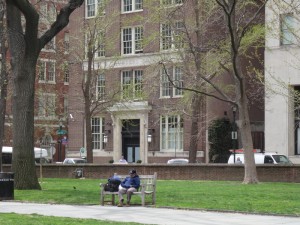
The largest of all medical publishers, W.B. Saunders Co., started in 1888, publishing “Quiz Compend” books for medical students from a building at 33 South Tenth Street. The firm grew quickly in size and ambition. In 1892, it published American Textbook of Surgery, edited by W.W. Keen (1837-1932) of Jefferson Medical College and J. William White of the University of Pennsylvania, and in 1894 it published the two-volume Practice of Medicine, by the Philadelphia physician/scientist William Pepper (1843-1898). Other massive, authoritative works emerged at frequent intervals.
Over the years, Saunders published landmark works in most areas of clinical medicine, as well as another important medical dictionary (Dorland’s), nursing books, and textbooks in a number of college disciplines. Its headquarters on West Washington Square was built in 1912, and Saunders remained there into the 1980s.
One of the most notorious Saunders publishing adventures was the Kinsey Report. Alfred Kinsey (1894-1956), the head of the Institute for Sex Research at Indiana University, sought a serious publisher that would not sensationalize the book, and Saunders, with its focus on professionals rather than the general public, was an ideal choice. Saunders management estimated the company would sell 5,000 copies of the first volume, Sexual Behavior in the Human Male, which was published in 1948, but the book went on to sell hundreds of thousands of copies in the face of both withering criticism and high praise. The successor volume, Sexual Behavior in the Human Female, was published in 1953, and also became a best seller.
Saunders remained under family ownership until 1968, when it was sold to the broadcaster CBS, then keen to diversify. After CBS, Saunders had other owners and became part of the Health Sciences Division of Elsevier, a Dutch publishing conglomerate.
The other prominent Philadelphia medical publisher is F.A. Davis Company, founded in 1879 and still owned by the founder’s descendants. Elizabeth Irene Davis, the widow of the founder, took over the company in 1923 and remained active in the firm until 1960. Control of the firm passed to her brother’s side of the family. The most famous title from this publisher is Taber’s Cyclopedic Dictionary of Medicine and Nursing, first published by the company in 1940.
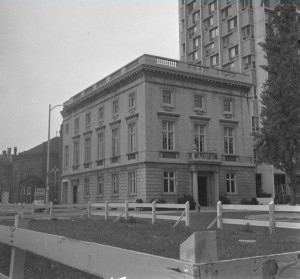
For much of the twentieth century, Washington Square was the nexus of Philadelphia’s publishing industry, possibly unrivaled anywhere in the world. The Curtis Publishing Company, publisher of the Saturday Evening Post and many other magazines, served a general audience from the north side of the square. On the other three sides of the square were medical publishers—Lea & Febiger on the south, J.B. Lippincott on the east, and W.B. Saunders on the west.
Early in the twenty-first century, Philadelphia held its reputation as the the largest center for the medical publishing industry in the country and the world, ranging from international conglomerates to family-owned firms and Philadelphia-based societies publishing influential journals. Most of these operations remained in Center City, not far from where they were founded and not far from the medical schools that still supply many of their authors.
Richard H. Lampert, a veteran of the medical publishing industry, is a consultant specializing in print and digital publishing strategy at The Lampert Consultancy, LLC. His clients have included large corporate organizations, small entrepreneurial publishers, and over two dozen professional societies in health care specialties. (Author information current at time of publication.)
Copyright 2014, Rutgers University.
